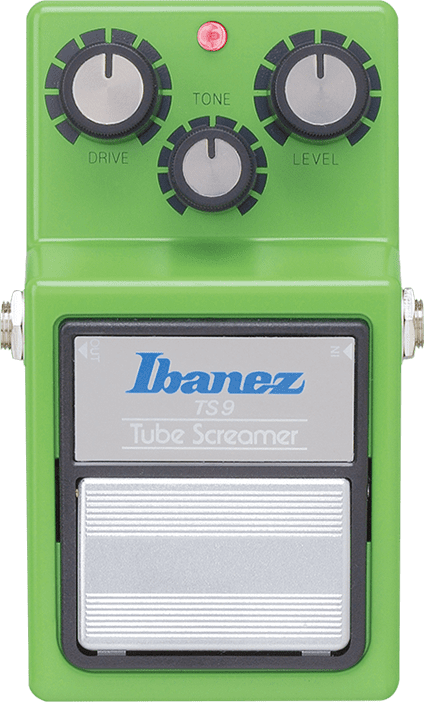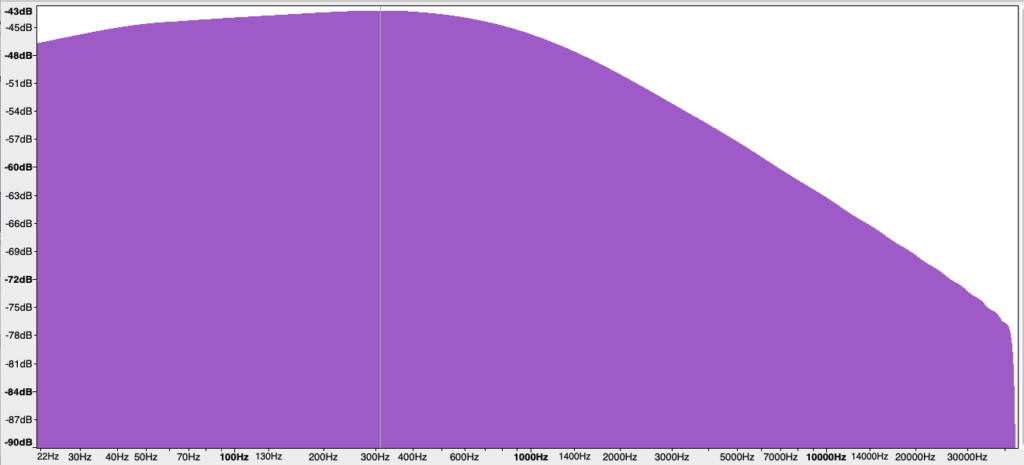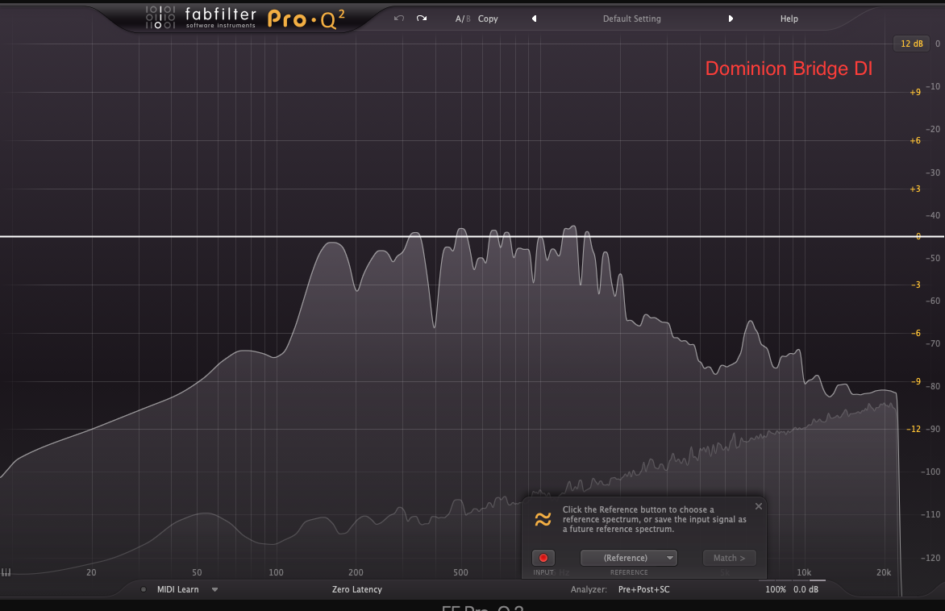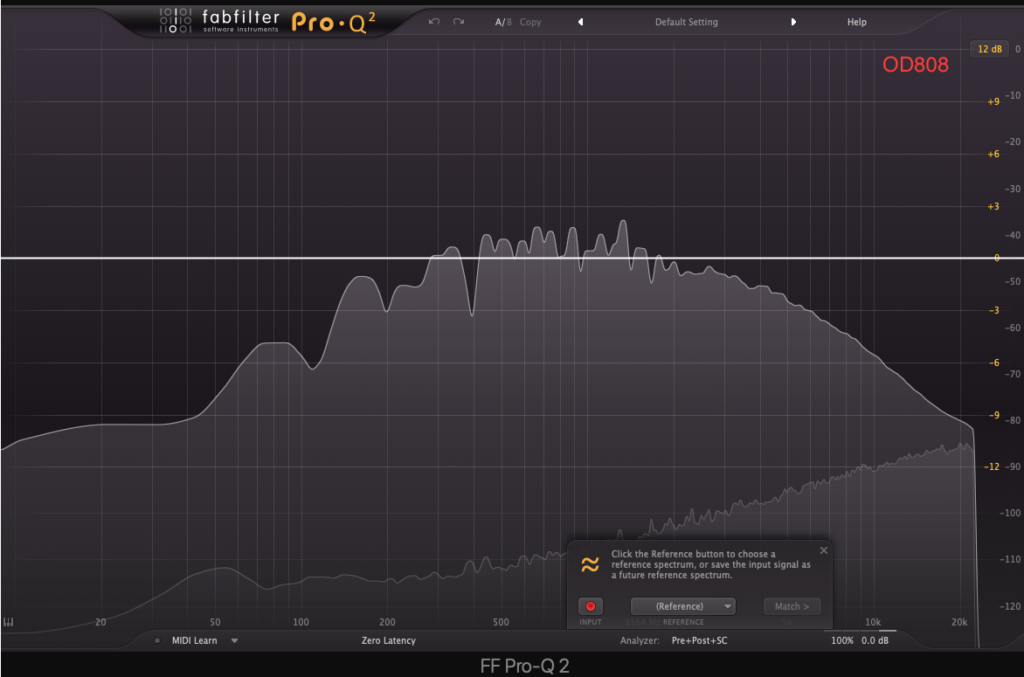Introduction
A new blog entry for beginners : what are overdrive pedals used for ? Should you absolutely use one ? Are they mandatory for metal guitar ? How do you use them ? This is a small beginner’s guide to overdrive pedals….
Distorted sound and amps
Guitar players can create distorted tones from a large number of options :
- Valve or transistor guitar amps
- Modeling or profiling amps
- Multi-effects pedalboards
- Amp simulation software
- Preamp pedal and amp
- …
In all these solutions or devices, the level of distortion is driven by the amount of gain that you dial-in (provided that the amount of gain of the device is enough to give you the desired level of distortion). For a deeper explanation of distortion you can check this page : https://en.wikipedia.org/wiki/Distortion_(music).
Depending on the exact signal chain you are using (guitar pickups, pedals, amp, amp settings, cab), you will end-up with more or less distorted tones, more or less compressed tones, with a specific bass/medium/treble balance.
Overdrive 101
In metal guitar sounds, overdrive are used in order to produce a more cutting and percussive sound, with a better definition, especially by decreasing the level of low frequencies and by boosting the mediums.
So, an overdrive can be seen as a specific kind of preamp, an adapter, allowing the player to adjust the volume and overall tone before entering the next stage of the signal chain.
By entering the guitar amp with an overdrive processed signal, player will create a more precise and defined tone, and quite often, the tone controls on the amp will become more manageable. Sustain is usually increased by the higher overall volume of the signal and the boost of medium frequencies.
With digital amp sims, using overdrive is not mandatory but they tend to react the same in the digital world and can offer the same kind of benefits. With many real-world valve amps, it is often a must-have.

The typical overdrive pedal has three controls :
- Gain or level : it sets the output volume of the pedal, in other words the amount of gain increase or decrease you get from the pedal. It directly impacts the next stage and the amount of distortion that will be generated. It is the first and main job of an overdrive pedal : allowing to drive the next stage harder (i.e. to overdrive it) to make it generate more distortion. It was designed to get more saturation from valve amps.
- Drive : the pedal will add saturation to the signal by compressing it. This will generate more distortion, by compressing the signal earlier. Overdrive pedals produce a moderate saturation (soft clipping or soft compression), distortion pedals usually produce more distortion (hard clipping).
- Tone : overdrive pedals also behave like an eq, with predefined egalization curves. Tone will adjust the signal by producing more or less high (treble roll-off when tone is set to lower values) or more mediums-highs and less bass (when tone is set to higher values).
I tried to capture the frequency response of my Maxon OD808 on the figure below : I’am not 100% confident that the diagram is accurate, but it gives an idea of an overdrive signal shape.

Here is a frequency graph of a DI signal from a Dominion pickup :

The same going through a Maxon OD808:

We could replace the overdrive by an EQ pedal : with the right curve, we can probably mimic the behavior of the overdrive… but it is slightly more complicated than using a three knobs pedal 😉 .
To get an in-depth understanding of the design and behavior of overdrive pedals, you can check this article : https://www.electrosmash.com/tube-screamer-analysis.
When an overdrive is used with it’s drive set to 0, its behavior is close to a boost pedal, allowing to raise the signal volume. But an overdrive will always include a signal tone correction compared to the “neutral” behavior of a boost pedal (that tends to be more transparent).
Overdrive are everywhere : used to bring some dirt in clean signal, used by blues players, rock and metal players, for bridge and neck pickups. For some it is always on, for others it is used as a solo boost. Guitar players may as well chain multiple overdrive pedals.
A few examples
Examples below are in drop D, with a bridge Dominion pickup. I choose this one as it is a passive pickup with a low to medium output and as it has slightly more bass than an EMG81 active pickup , the overdrive effect is easier to illustrate.
The signal chain is :
- Maxon OD808
- AMT R2 preamp with settings to approximately noon
- IRT Studio FX loop
- IRT Studio DI output
- Two Notes Wall of Sound
- Custom IR Overdriven.fr : Fatboy V30, E906, Cap Edge, 3 cm
- Low cut : 50 Hz, High Cut 7500 Hz
First example with overdrive ON :
OD 808 level 14h, tone 12h, drive 0, AMT R2 Gain : 4
Second sample is using the same gain level on the AMT pedal (4) but the overdrive is OFF:
OD 808 OFF, AMT R2 Gain : 4
For the next one, the overdrive is still OFF, but when reamping the signal level is raised at the sound card output (similar to a transparent gain boost):
OD 808 OFF, signal boost, AMT R2 Gain : 4
In the last sample, overdrive is still OFF but the gain is raised on the AMT preamp to achieve the distorted tone:
OD 808 OFF, AMT R2 Gain : 7
So ? IMHO, the most defined and percussive sound is the one obtained with the overdrive. In the last sample, the AMT R2 performs quite well, but the sound gets more compressed and has more hiss.
Mandatory ?
Depending on the output level of your pickups and their voicing (their bass/mids/high balance) and depending on how your amp behave, you might find situations where they will be completely counter productive and inefficient (ice picky sound, thin sound, no bass,…) and other situations where they will be absolutely mandatory to achieve a useable tone.
Some pedal/amp associations are very good, others can be a real disaster : it really all depends on the source (pickups) and the target (amp). The more bass heavy and not-so refined the amp is, the more the overdrive will come in rescue. The more sharp and medium/high oriented the amp is, and the harder the association can be. Take this with a pinch of salt : your pickups voicing and output level have an impact, and many flavors of overdrive, amps and cabs will produce different results.
What are the “best settings” ?
That is a question I asked myself when I started learning guitar and using high-gain amps : do I use my pedal correctly ? Because the sound I could get was all but terrific…
In short, there are not absolute “good” settings, as there are no rules… It is rather a matter of the tone you want to achieve, and how the overdrive can help you adjust your source to your amp. Some pickups are cold and will need a big boost, others are hot or produce a lot of treble : settings will be different.
If you are a beginner and do not know yet how your amp reacts and how to dial your sound, you can get started with :
- Level at noon (“unity gain”)
- Tone at noon
- Drive set to 0
This is a typical starting point, that will work for many medium to high level pickups (SH4, Nazgul, AHB1, EMG81,…). After setting these values on the overdrive, set your gain and eq values on the amp in order to get the desired level of distortion. If you raise the gain on the amp and your sound looses definition and gets compressed (and when it is not what you are looking for), lower the gain on the amp and raise it on the pedal.
If you tone is too dark or too muffled (bass resonance), raise the tone on the pedal. Else, if too clear, too much treble and hiss, try to lower the tone on the pedal.
As for the drive control, you can use the pedal to add distortion to your tone, directly from the pedal. If your amp looses definition and you can’t set it up to the point that you want, the pedal can help by adding soft saturation to the signal, to get a thicker and more saturated overall sound. Your distorded sound will now be a mix of the saturation from the pedal and the one from you’re amp.
Overdrive pedal shooutout
If you are on an overdrive pedal quest, with many questions about the tone, the differences between the pedals,…, I’d recommend to view the following video : https://geargods.net/features/the-ultimate-metal-overdrive-pedal-shootout-25-pedals/
Conclusion
A boost, an EQ, and an additional possibility to generate distorted tone : that’s what an overdrive pedal brings. For the metal guitar player they are often a must-have and always-on pedal.

Leave a Reply